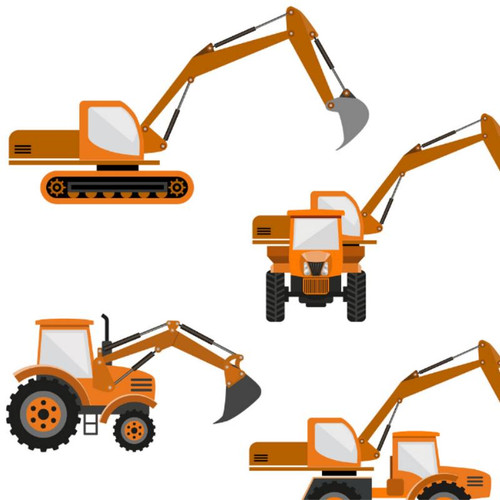1. Plan Ahead to Protect Your Team
Concreting tasks involve inherent risks, such as exposure to hazardous materials, use of heavy machinery, and potential structural hazards. Our SWMS provide a clear framework to identify risks and outline strategies to control them effectively, incorporating safety controls to manage hazards and ensure effective safety protocols are maintained throughout the work process.
2. Streamline Compliance
Our templates align with current Australian safety standards, helping businesses meet WHS obligations without added complexity. With ready-to-use documents, compliance becomes straightforward and hassle-free.
3. Promote a Safer Culture
Implementing SWMS demonstrates a proactive commitment to worker safety. This fosters confidence, reduces incident rates, and keeps projects running smoothly.











